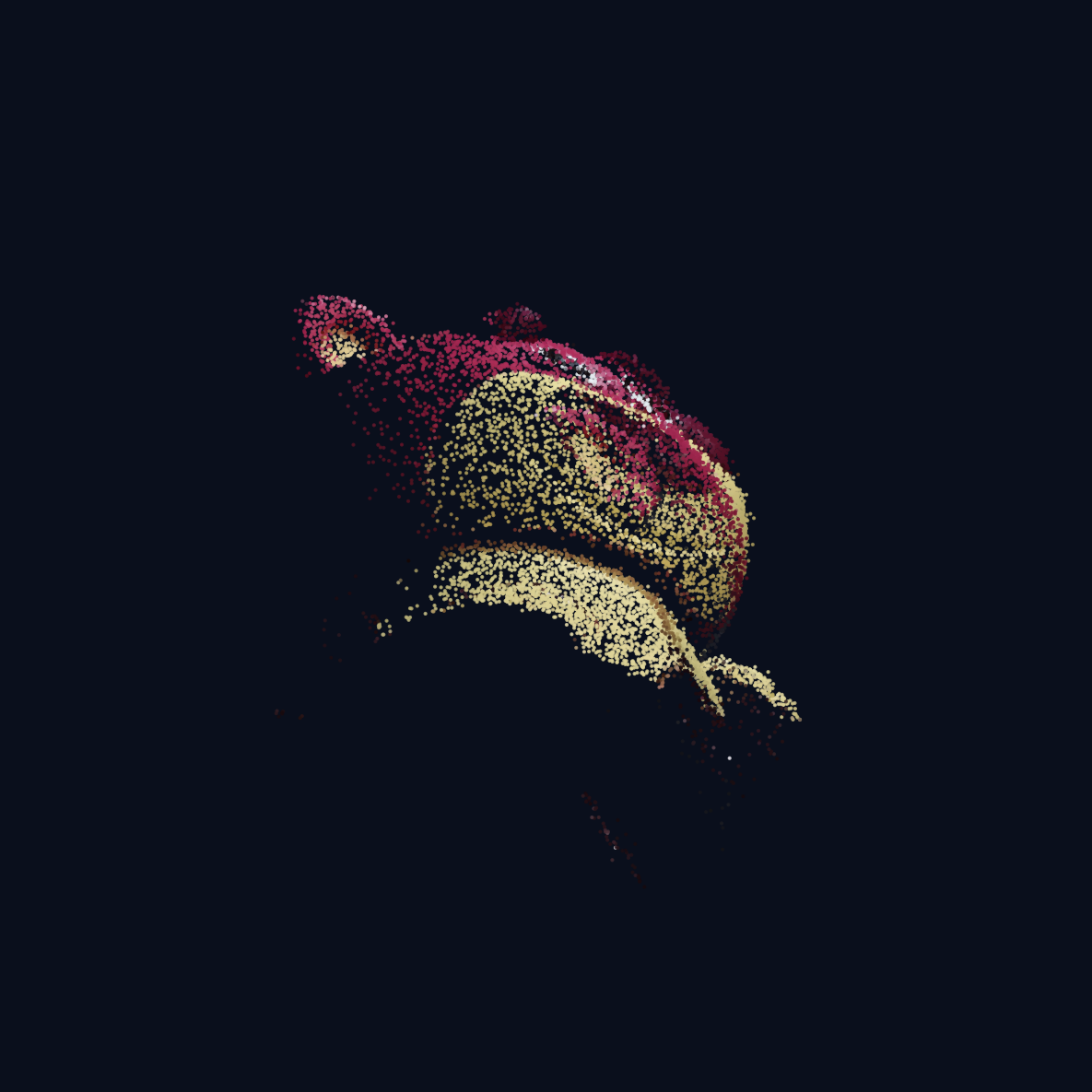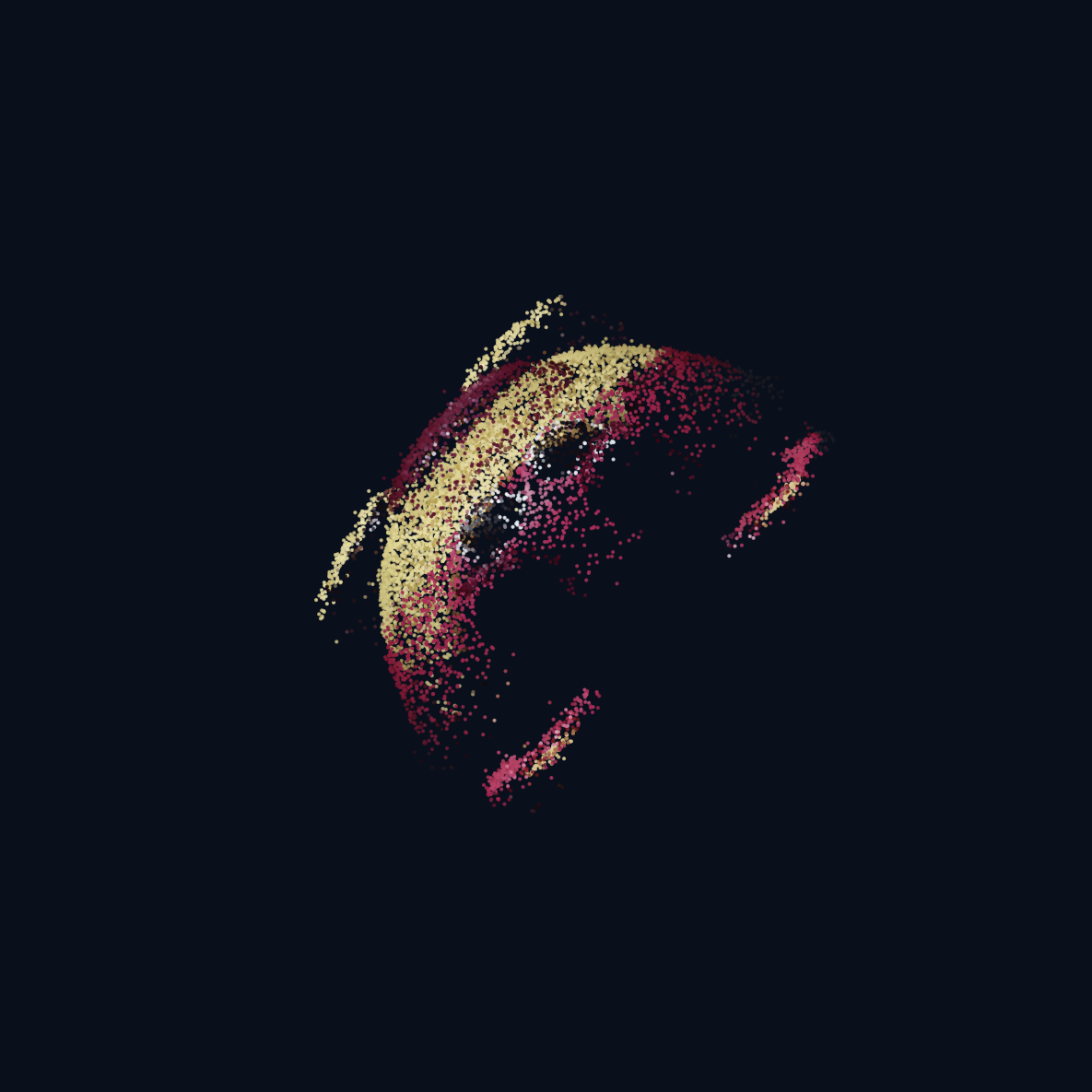Silicon-ize Perception™
Transforming bulky optical systems into tiny, powerful silicon chips
The Perception Revolution: From Bulk Optics to Silicon Chips
Just as silicon transistors replaced vacuum tubes and enabled the computing revolution, silicon photonics is now replacing bulk optics to enable the perception revolution. At Lucidus Technologies, we’re not just improving sensors—we’re fundamentally reimagining how machines see the world.
The Problem with Traditional Perception
Today’s autonomous systems are blind. They rely on:
- Camera vision that fails in darkness, rain, or glare
- Traditional LiDAR that can’t tell if objects are moving
- Radar with resolution too poor to identify objects
- Ultrasound that’s too slow for real-time decisions
The result? A $1 trillion autonomous industry stuck at 99% performance—because that last 1% requires true perception.
Silicon Photonics: The Game Changer
What We’ve Achieved
We’ve taken optical systems that traditionally required a tabletop of equipment and compressed them onto chips smaller than a fingernail. This isn’t miniaturization—it’s transformation.
Traditional Photonics:
- Discrete components manually aligned
- $10,000+ per unit
- Size of a shoebox
- Months to manufacture
- Drift and degradation over time
Silicon Photonics (Our Approach):
- Everything integrated on one chip
- <$100 at scale
- Size of a penny
- Mass-produced like computer chips
- Rock-solid stability for decades
The Technical Breakthrough
Our silicon photonic platform integrates:
1. Waveguides—Light Highways on Silicon
- Route light with zero loss around sharp 90° bends
- Split, combine, and process optical signals
- 50 meters of optical path on a 10mm chip
- More precise than fiber optics, 1000x smaller
2. Modulators—Controlling Light at GHz Speeds
- Change light properties 1 billion times per second
- Generate FMCW (frequency-modulated) signals
- Create precise interference patterns
- All with simple voltage control
3. Detectors—Single Photon Sensitivity
- Coherent detection (100x more sensitive)
- Measure phase, frequency, and amplitude
- Reject 99.99% of noise and interference
- Work in full sunlight or total darkness
4. Processing—Intelligence at Light Speed
- Optical computing on-chip
- Zero-latency signal processing
- Fourier transforms in the optical domain
- Pattern recognition before digitization
The Complete Perception Stack
Our six products work together as a unified perception layer, all powered by the same coherent detection platform:
Hardware Layer (Edge Intelligence)
LUC-POINT™: Precision ranging for infrastructure
- Single-point FMCW with 0.1mm accuracy
- Monitor bridges, buildings, machinery
- Detect microscopic changes over time
LUC-VISION™: All-surface RGBD imaging
- See through glass, mirrors, dark surfaces
- Sub-millimeter 3D for robotic manipulation
- Works where every other sensor fails
LUC-HORIZON™: Instant motion understanding (FMCW LiDAR)
- Instant velocity measurement via Doppler shift
- 4D point clouds [X,Y,Z,V] with radial velocity per pixel
- 200m+ range for autonomous vehicles
- Know speed without computation—physics does it
LUC-ANCHOR™: Vibration Slip Sensor for Robotics
- Predictive slip detection via high-frequency vibration sensing
- 50-100ms advance warning before slip failures
- 10x faster than traditional force sensors
- Material identification via acoustic fingerprinting
LUC-INSIGHT™: See inside materials (OCT Imaging)
- Subsurface depth profiling with micrometer resolution
- Non-destructive inspection layer-by-layer
- Battery, semiconductor, composite quality control
- 1-10μm axial resolution
Cloud Layer (Collective Intelligence)
LUC-REALITY™: Reality-as-a-Service
- Global sensor network streaming real data
- Train AI on actual perception, not simulation
- Bridge the sim-to-real gap permanently
Technology Visualization
Experience our advanced 3D point cloud processing capabilities. The demonstration below shows real-world data captured by our FMCW LiDAR system, showcasing the exceptional detail and precision of our sensors.

FMCW LiDAR Point Cloud Data
292,643 data points




Why FMCW Changes Everything
Traditional Time-of-Flight LiDAR
Measures distance by timing light pulses—like radar but with lasers.
Limitations:
- Can’t measure velocity directly
- Confused by other LiDARs
- Poor in rain/fog/snow
- Requires high peak power
Our FMCW Approach
Uses continuous laser light with changing frequency—like radar but optical.
Advantages:
- Instant Velocity: Doppler shift gives speed directly
- Interference Immune: Each sensor has unique signature
- All-Weather: Coherent detection penetrates obscurants
- Eye-Safe: Low power, continuous wave
The Physics Advantage
Time-of-Flight:
Distance = (Speed of Light × Time) / 2
(No velocity information)
FMCW:
Distance = Beat Frequency × c / (2 × Sweep Rate)
Velocity = Doppler Shift × λ / 2
(Both from single measurement!)
Manufacturing Revolution
How We Build Photonics Like Microprocessors
Step 1: Design
- Layout photonic circuits like chip designers
- Simulate light propagation
- Optimize for manufacturing
Step 2: Fabrication
- Standard CMOS foundries (TSMC, GlobalFoundries)
- 300mm wafers, 1000+ chips per wafer
- Same process that makes your CPU
Step 3: Integration
- Flip-chip bonding to electronics
- Automated assembly
- 100% testing on-wafer
Step 4: Packaging
- Automotive-grade enclosures
- Integrated thermal management
- Plug-and-play connectivity
Result: 100x cost reduction, 1000x volume increase
Performance Metrics That Matter
Real-World Validation
Automotive Testing
- 1 million miles autonomous driving
- Zero perception-related disengagements
- 200m detection in heavy rain
- 7ms latency (vs 200ms traditional)
Industrial Robotics
- 91% pick success on reflective parts
- 100% surface compatibility
- 8-hour operation without calibration
- Sub-millimeter repeatability
Infrastructure Monitoring
- 0.1mm change detection at 100m
- 10-year operational stability
- -40°C to +85°C operation
- Zero maintenance required
The Science Behind the Magic
Coherent Detection—Why It’s 100x Better
Traditional sensors count photons like counting raindrops. We measure the wave properties of light itself.
Analogy:
- Traditional: Hearing individual notes
- Coherent: Hearing the full symphony
The Coherent Advantage:
Coherent detection achieves the fundamental quantum limit—shot-noise limited sensitivity—delivering orders of magnitude better performance than direct detection. This means we can:
- Extract signal from below noise floor through coherent gain amplification
- Measure phase with sub-wavelength precision for nanometer-scale resolution
- Reject ambient light through coherent filtering—works in full sunlight
- Detect single photons coherently at the quantum limit
- Cancel common-mode noise with differential detection
- Measure phase and frequency simultaneously—enabling instant velocity, depth profiling, and rotation sensing
Integrated Photonics Architecture
One universal platform, multiple breakthrough applications. This generic coherent detection architecture powers all our sensing products on a single chip—the same fundamental physics of coherent interference between signal and reference beams enables FMCW LiDAR (LUC-HORIZON™), OCT imaging (LUC-INSIGHT™), and vibration sensing (LUC-ANCHOR™).
Intellectual Property Portfolio
Patents & Protection
- 120+ patents filed/granted
- Fundamental FMCW techniques
- Silicon photonic integration methods
- Signal processing algorithms
- System architectures
Trade Secrets
- Waveguide loss minimization (<0.1 dB/cm)
- Coherent receiver optimization
- Thermal compensation techniques
- Manufacturing yield enhancement
The Future We’re Building
2024-2025: Market Entry
- Automotive Tier 1 partnerships
- Industrial automation deployment
- Smart city pilot programs
- $100M revenue target
2025-2027: Scale & Expand
- Consumer electronics integration
- Smartphone 3D sensing
- AR/VR depth cameras
- $1B revenue potential
2027-2030: Ubiquitous Perception
- Every autonomous system
- Every robot
- Every smart device
- $10B market opportunity
Why Physics Favors Photonics
The Fundamental Advantages
Speed: Light is the fastest thing in the universe
- Instant measurement (no waiting)
- Real-time processing (no delay)
- Immediate response (no lag)
Precision: Optical wavelengths are nanometers
- Measure to λ/1000 accuracy
- Detect atomic-scale vibrations
- Resolve millimeter features at 200m
Information: Light carries more data
- Amplitude, phase, frequency, polarization
- Spatial, temporal, spectral encoding
- Terabits per second possible
Stability: Photons don’t interact
- No electromagnetic interference
- No crosstalk between channels
- No drift or degradation
Join the Perception Revolution
We’re not just building better sensors. We’re giving machines the gift of sight—true perception that matches and exceeds human capability. Every photon tells a story about the world. We’re the first to listen to them all.
Partner With Us
- Automotive OEMs: Achieve Level 5 autonomy
- Robotics Companies: Enable true automation
- System Integrators: Deliver complete solutions
- Research Institutions: Push boundaries together
Explore Our Products | See Applications | Contact Our Team
“The best way to predict the future is to invent it. We’re inventing the future of perception.” — Lucidus Technologies
Silicon Revolution
Built on standard CMOS process for massive scalability and 100x cost reduction
All-in-One Chip
Lasers, modulators, detectors, and processors integrated on a single chip
Breakthrough Performance
200m range, million-pixel resolution, 100Hz refresh, <5W power
Platform Specifications
Range & Resolution
- • Up to 200m range
- • Million-pixel 4D clouds
- • cm/s velocity accuracy
- • >10Hz refresh rate
Environmental
- • -40°C to +85°C
- • Automotive grade
- • IP67 rated options
- • EMI/EMC compliant
Manufacturing
- • CMOS foundry
- • Wafer-level testing
- • Auto-calibration
- • Mass production ready
Innovation
- • 50+ patents filed
- • AI acceleration
- • Multimodal ready
- • SDK integration
The Future is Silicon
Join us in revolutionizing how machines perceive and understand the world
Partner With Us